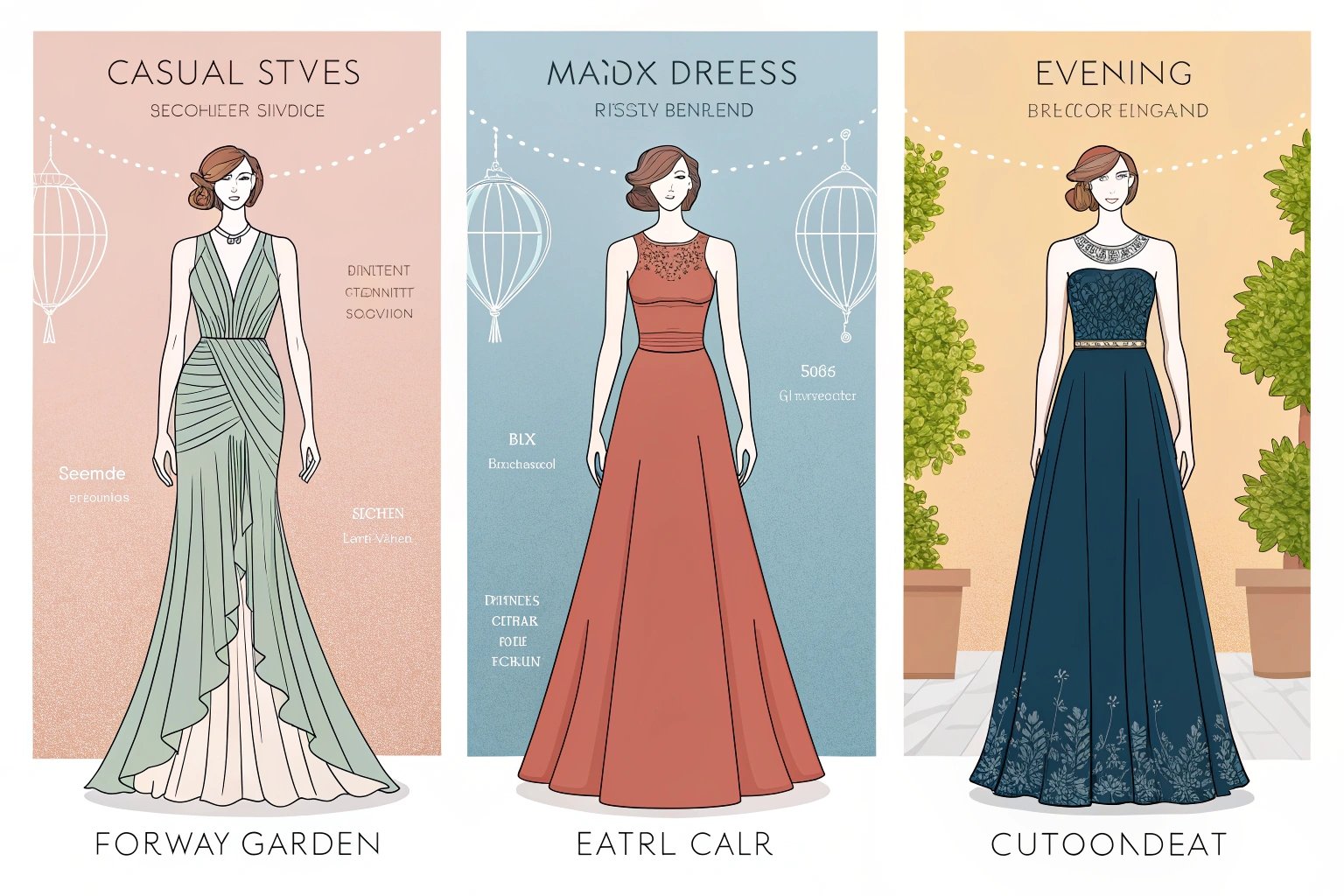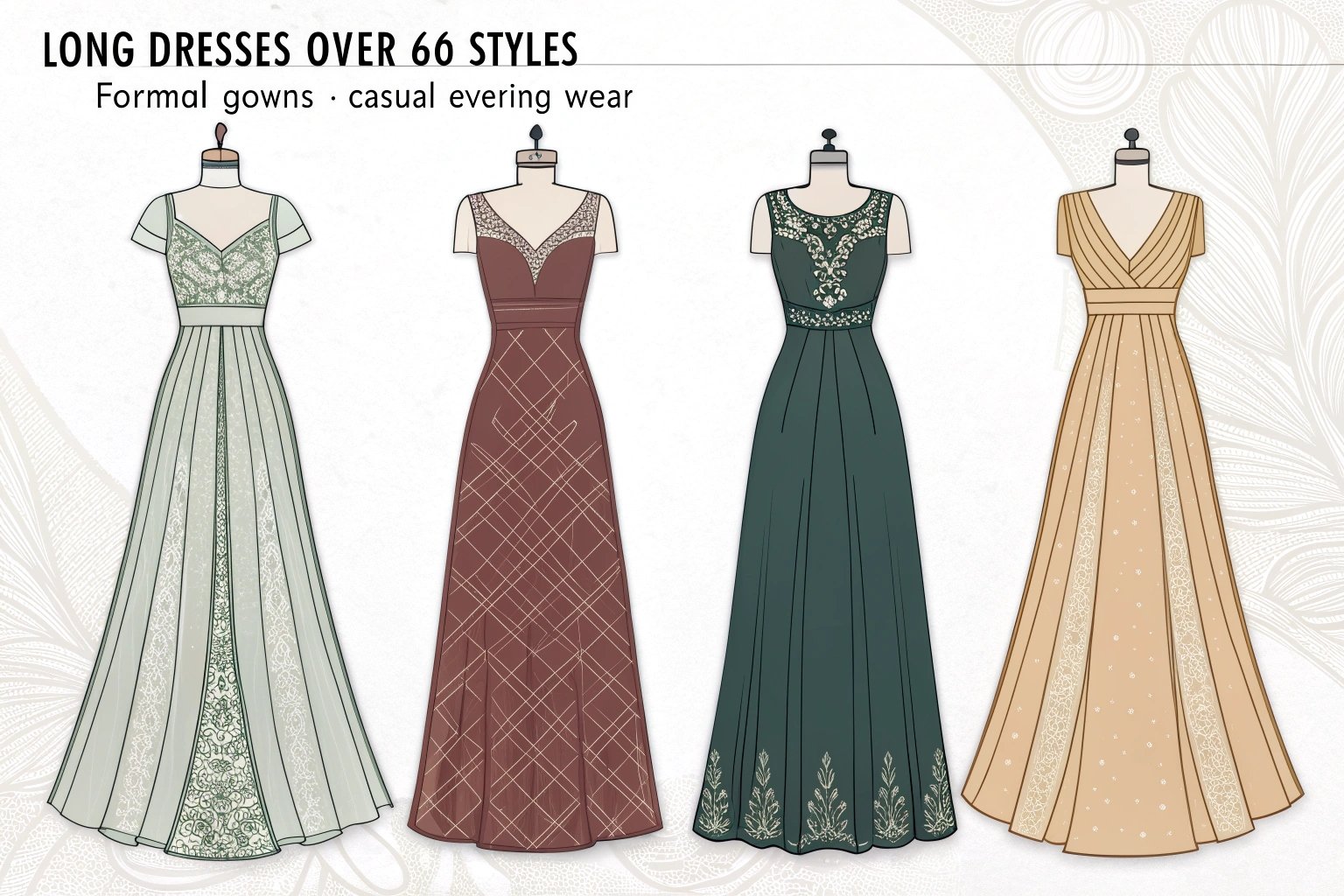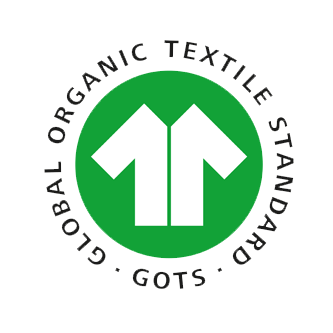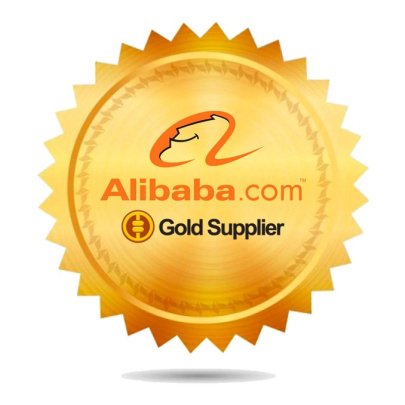As a fashion entrepreneur, you might come across terms like ODM and OEM when researching manufacturing options for your clothing brand. While both play crucial roles in the fashion production process1, ODM (Original Design Manufacturer)2 can offer unique benefits, especially for startups with limited resources or design teams.
In clothing manufacturing3, ODM means a manufacturer designs and produces products based on your specifications or a preset design, then sells it under your brand name. This model allows brands to focus on branding and marketing while leveraging the manufacturer’s design expertise.
Having worked with ODM suppliers for over a decade, I’ve seen how it accelerates brand growth4 and minimizes the upfront costs for emerging clothing lines. Here’s a deep dive into what ODM is, how it works, and why it could be the ideal solution for your fashion brand.
What Is ODM in Clothing Manufacturing and How Does It Work?
ODM is a game-changer for fashion brands, particularly those without extensive design teams or resources to create unique garments from scratch. But how does it differ from OEM (Original Equipment Manufacturer), and how does it work in practice?
ODM allows you to work with a manufacturer who handles the design, development, and production of clothing that you can then sell under your own brand. The manufacturer usually provides ready-to-sell products with minimal input from your side, except for branding, packaging, and perhaps slight customizations.
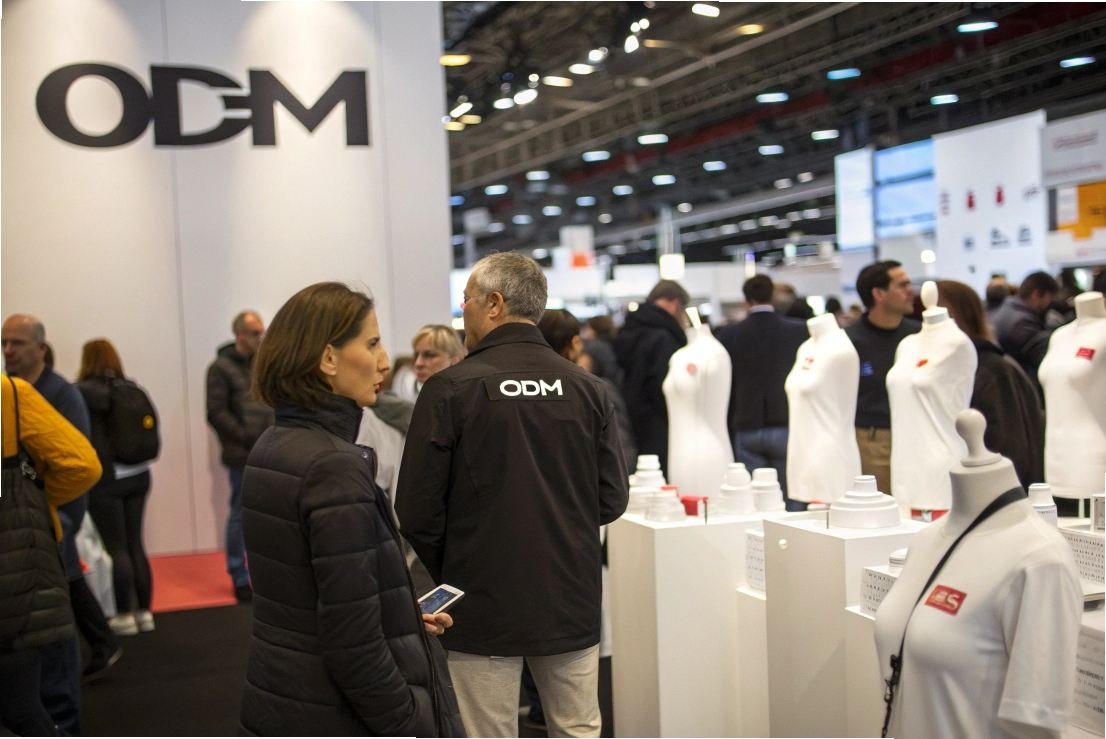 ODM at Fashion Expo
ODM at Fashion Expo
What’s the difference between ODM and OEM in clothing manufacturing?
| Term | What It Means | Control & Involvement |
|---|---|---|
| ODM | The manufacturer designs and produces the product for you, offering a ready-to-sell item. | You provide branding, minor customizations5. |
| OEM | The manufacturer produces a product based on your exact designs and specifications. | You control design, fabric, and features; the factory follows your blueprint. |
Key Differences:
- ODM: You buy “ready-made” products with your branding (e.g., basic clothing like tees, dresses, or accessories with minor design variations).
- OEM: You provide the exact design, and the factory manufactures to your specifications.
ODM works best when you need quick market entry without a massive investment in design and development. On the other hand, OEM is better for brands wanting complete control over their designs and manufacturing process.
Why Choose an ODM Clothing Manufacturer for Your Fashion Brand?
For startups and small brands, ODM manufacturing offers a cost-effective and efficient entry into the market. Let’s explore why ODM might be the right choice for your fashion brand.
What are the advantages of working with an ODM manufacturer for startups?
- Reduced Design Costs: As a startup, you might not have the budget for in-house designers. With ODM, you can leverage a manufacturer’s design expertise without having to build your own team.
- Faster Production: ODM manufacturers already have design templates and established supply chains, so they can significantly speed up the time to market.
- Lower Risk: With ODM, you’re working with a product that has already been prototyped and tested. This reduces the risk of producing something that won’t sell or doesn’t meet quality standards.
- Minimal Investment: With ready-to-sell items, you don’t need to make a huge upfront investment in design and prototyping.

How does ODM save time and reduce design costs for your brand?
Instead of waiting for weeks or months for samples and prototyping, ODM manufacturers offer pre-designed styles that are immediately ready for branding and minimal customization. This means you can cut down on lead time, reduce R&D costs, and focus on getting your brand into the market faster.
Additionally, manufacturers often provide their own fabrics and materials, allowing you to save on sourcing costs. This efficiency is crucial for startups operating with a tight budget and tight deadlines.
What Are the Key Benefits of ODM Clothing Manufacturing for Fashion Entrepreneurs?
Using ODM manufacturers can offer ready-to-sell products, a streamlined production process, and significant cost savings. But what exactly makes it ideal for fashion entrepreneurs?
ODM manufacturers take care of the entire design and production process, leaving you to focus on branding, marketing, and sales. This model is perfect for those who want to enter the fashion business with fewer risks and a faster time to market.
How can an ODM clothing manufacturer offer ready-to-sell products?
- Pre-designed Collections: ODM manufacturers often have a library of pre-designed clothing that can be easily customized with your brand’s logo, labels, and colors.
- Proven Styles: The designs are usually tried-and-tested in the market, which means you can avoid the uncertainty and risk of launching completely unproven styles.
- Quicker Turnaround: Because the design work is already done, the production timeline is much shorter, enabling quicker delivery.
How does ODM streamline the production process and reduce risks?
- Reduced Design Time: ODM removes the need for constant back-and-forth during design, leading to quicker sample approvals and final products.
- Pre-tested Products: Since the products are pre-designed and pre-tested, there’s less chance of product failures, incorrect sizing, or low-quality items.
- Low Inventory Risk: With a predictable production timeline and consistent designs, you avoid the risk of producing an excessive number of garments that won’t sell.

How to Find the Right ODM Clothing Manufacturer for Your Brand
When searching for an ODM clothing manufacturer, you need to evaluate their experience, product offerings, and ability to meet your specific brand needs.
What should you look for when selecting an ODM manufacturer for your clothing line?
- Experience in Your Niche: Make sure the manufacturer has experience producing the type of clothing you want to sell, whether it’s casual wear, activewear, or high-end fashion.
- Production Capacity: Check if the manufacturer can meet your volume requirements as your brand grows.
- Design Flexibility: While ODM manufacturers provide pre-designed items, ensure they can accommodate some customizations (like unique prints, labels, or color schemes).
- Quality Standards: Ask for sample products and inspect them thoroughly for fabric quality, stitching, and overall craftsmanship.
- Sustainability Practices: If sustainability is a part of your brand’s ethos, ensure your manufacturer follows eco-friendly practices (e.g., using recycled fabrics or sustainable production methods).
How to evaluate an ODM clothing manufacturer’s capabilities and previous work?
- Request Samples: Always request multiple samples before committing to a large order. Check for quality, fit, and comfort.
- Check Certifications: Look for certifications like OEKO-TEX or GRS (Global Recycled Standard) to verify the quality and sustainability of their materials.
- Review References: Speak to their past or current clients to get a sense of their work and reliability.
- Inspect Manufacturing Facilities: If possible, visit their manufacturing facility or arrange for a virtual tour to assess their production environment.
How to Collaborate Effectively with Your ODM Clothing Manufacturer
Working effectively with an ODM manufacturer means you need to understand your role in the design and branding process.
What role do you play in design, branding, and customization in the ODM model?
- Branding: You will need to provide your logo, brand colors, and other branding elements that will be incorporated into the garments.
- Customization: While ODM products come pre-designed, you can often request small customizations like unique color choices, prints, or accessories (e.g., zipper pulls, buttons).
- Packaging: You may also be responsible for designing the packaging, labels, and hang tags that will give the finished product a polished look.
How to ensure quality control and product consistency with an ODM partner?
- Quality Standards: Be clear about your quality expectations and communicate them effectively. Create a comprehensive tech pack that includes detailed specifications for every aspect of the product.
- Regular Sampling: Request samples at every stage of production, from initial designs to bulk production, to ensure consistency.
- On-site Inspections: If possible, arrange for factory inspections to monitor the production process in real time.
- Final Product Approval: Before the final shipment, request final product samples to inspect fit, feel, and finish.
Conclusion
ODM clothing manufacturing offers fashion entrepreneurs the opportunity to create high-quality, ready-to-sell products with minimal upfront investment in design and development. By working with the right manufacturer, you can reduce risks, shorten production timelines, and focus your resources on growing your brand. Make sure to carefully evaluate your potential partners, ask the right questions, and keep quality control as a top priority.
-
Get a detailed overview of the clothing production process from start to finish. ↩
-
Understanding ODM can help you leverage design expertise for your fashion brand. ↩
-
Explore the essential processes that drive successful clothing production. ↩
-
Discover effective strategies to boost your fashion brand’s growth. ↩
-
Find out what customizations are possible to make your products unique. ↩



